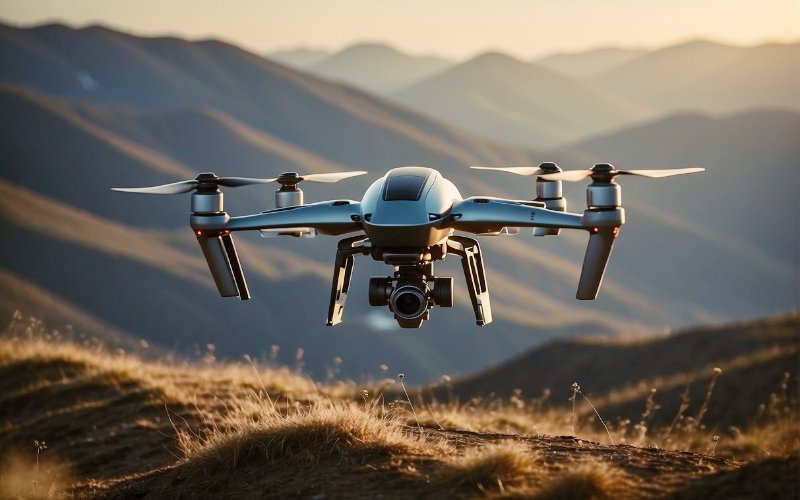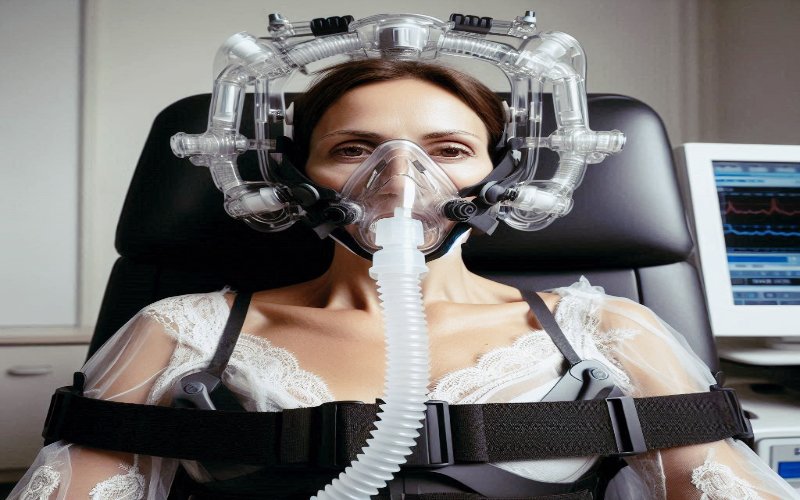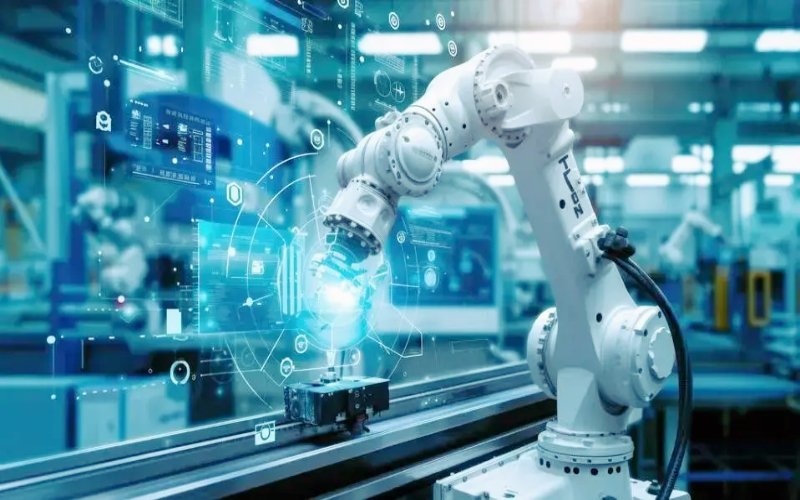Drones have rapidly evolved from simple remote-controlled devices to sophisticated machines capable of performing complex tasks independently. This transformation has been powered by Artificial Intelligence (AI), which enables drones to function autonomously, navigating challenges and executing missions with minimal human intervention. But what exactly makes these drones autonomous, and how is AI driving this innovation? Let’s dive into the exciting world of AI for Autonomous Drones and explore its incredible potential.
What Is AI for Autonomous Drones?
Understanding Autonomy in Drones
Autonomy in drones means the ability to operate without continuous human control. Traditional drones rely on remote pilots to navigate and perform tasks. In contrast, autonomous drones leverage AI to independently handle navigation, obstacle avoidance, and decision-making, making them more efficient and reliable.
The Role of AI in Drone Autonomy
AI serves as the “brain” of autonomous drones, processing massive amounts of data in real-time. With the help of machine learning (ML), drones can learn from their environment and improve over time. This allows them to recognize patterns, identify objects, and adapt to new challenges, making them more versatile and capable than ever before.
Key Technologies Enabling AI for Autonomous Drones
Computer Vision: Seeing the World
AI-powered drones use cameras and sensors to “see” their environment. Computer vision technology helps drones interpret visual data, enabling them to detect objects, classify obstacles, and map their surroundings. This is essential for applications such as surveillance and agriculture.
Natural Language Processing (NLP): Simplifying Control
Some drones are being equipped with NLP, allowing for voice-command functionalities. This technology makes interactions with drones more intuitive, opening up possibilities for broader consumer use.
Neural Networks and Deep Learning
Deep learning models mimic human brain functions, enabling drones to perform complex tasks like image recognition and flight path optimization. These neural networks enhance accuracy and allow drones to tackle intricate scenarios with ease.
Applications of AI for Autonomous Drones
Revolutionizing Agriculture
Farmers are harnessing AI for Autonomous Drones to monitor crops, detect pests, and optimize irrigation. These drones can analyze data from sensors and cameras to provide actionable insights, improving efficiency and boosting yields.
Transforming Delivery Services
Delivery giants like Amazon are leveraging autonomous drones to create faster and more efficient logistics systems. AI allows these drones to plan routes, avoid obstacles, and ensure timely deliveries, redefining how goods are transported.
Enhancing Defense and Security
In the defense sector, autonomous drones equipped with AI are used for surveillance, reconnaissance, and even combat operations. They can navigate hostile environments, identify threats, and execute missions with unmatched precision.
Challenges in Implementing AI for Autonomous Drones
Data Dependency
Training AI systems requires vast amounts of high-quality data. Collecting and processing this data is both time-consuming and resource-intensive, posing a significant challenge to development.
Regulatory Hurdles
Drone operations, especially autonomous ones, face strict regulations to ensure safety and compliance. Balancing innovation with legal requirements is a complex yet essential task.
Ethical Concerns
AI-powered drones raise questions about privacy and potential misuse. Developers must address these concerns to ensure that the technology is used responsibly.
AI in Drone Navigation
Smarter Path Planning
One of the most important uses of AI for Autonomous Drones is in navigation. AI enables drones to calculate efficient flight paths, taking into account factors such as weather conditions, obstacles, and mission goals.
Swarm Intelligence
Inspired by nature, swarm intelligence enables multiple drones to work together. AI allows these drones to communicate, share data, and coordinate movements seamlessly, making them highly effective in group operations.
AI-Powered Obstacle Avoidance
Sensor Fusion for Better Awareness
By combining data from cameras, LiDAR, and ultrasonic sensors, AI creates a detailed map of a drone’s surroundings. This enables drones to detect and avoid obstacles even in challenging environments like low light or dense fog.
Predictive Analysis
AI allows drones to predict the movement of objects like vehicles or pedestrians and adjust their course accordingly. This reduces the risk of accidents and ensures smoother operations.
Future Trends in AI for Autonomous Drones
AI and 5G Integration
The integration of AI with 5G networks will allow for faster data transmission, enabling real-time communication and improved drone performance. This development is expected to revolutionize industries reliant on drones.
Edge Computing for Real-Time Processing
Instead of relying solely on cloud computing, future autonomous drones will process data locally using edge computing. This reduces latency and enhances real-time decision-making, making drones more reliable in critical missions.
AI for Emergency Response and Disaster Management
Life-Saving Search and Rescue Missions
AI-powered drones are invaluable in emergencies, as they can survey large areas quickly, locate survivors, and provide critical information to rescue teams. These drones can operate in dangerous conditions where humans cannot.
Fighting Fires with Precision
Autonomous drones equipped with AI can detect hotspots, monitor fire spreads, and deploy extinguishing agents precisely. This minimizes risks to human firefighters while improving firefighting efficiency.
Conclusion: The Sky’s the Limit for AI and Drones
The fusion of AI and autonomous drones is transforming industries and reshaping how we interact with the skies. From agriculture to disaster management, the applications of AI for Autonomous Drones are both vast and impactful.
However, as this technology continues to advance, addressing challenges like regulation, ethics, and data security will be critical. With careful development and responsible implementation, AI-powered drones have the potential to redefine our future, making the impossible possible.
Also visit on techitl.com.




